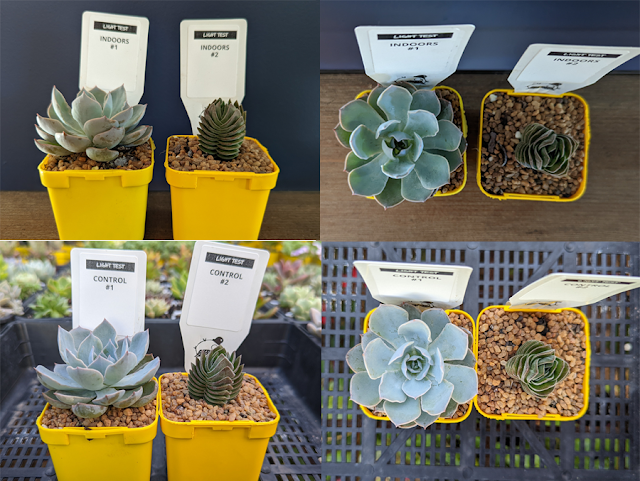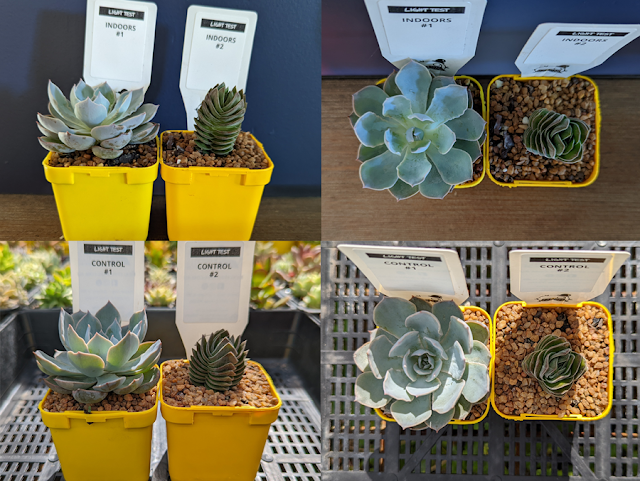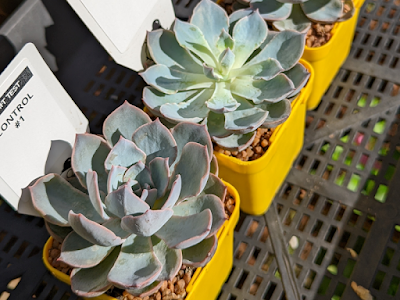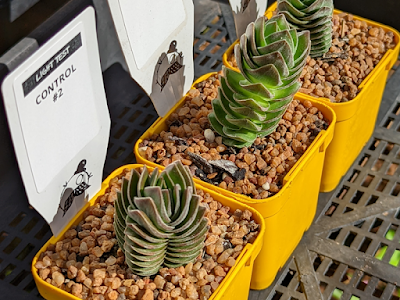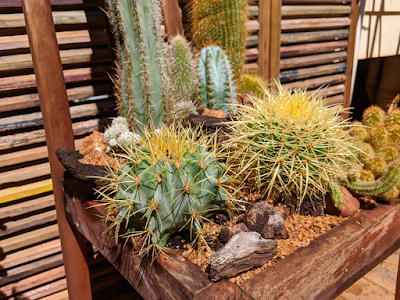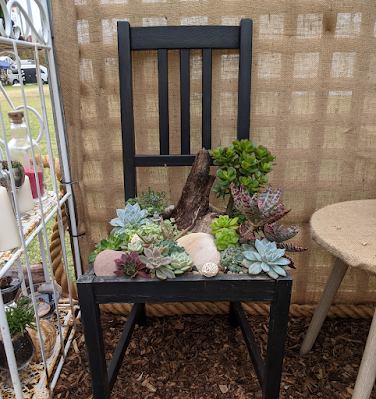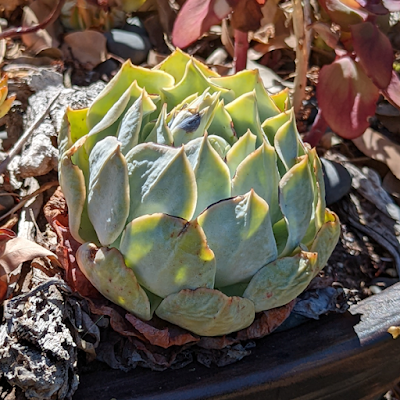Want your eclectic streak to run wild in the garden?
Do you have a strong desire to grow all types of plants from all sorts of different origins?
You really don’t have to settle on one uniform theme for your entire garden, if you want a tropical paradise, a desert oasis and a Mediterranean cottage garden at your place, then you absolutely can! And although all three of these garden themes require different conditions – Soil, water, sunlight – You can utilise the different micro-climates that your property has to offer and even create some new ones to grow almost any plant your heart desires.
Natural and Artificial Micro-Climates
Don’t let the climate zone you reside in dictate what plants you can work with, as you will find your property will have a couple of different micro-climates naturally on its own:
- One area might be shady and cool thanks to large trees or buildings casting shadows.
- Another area might be protected nicely from winds by fences, walls, and trees.
- One might be suited to heat-loving plants due to masonry paving, rocks, boulders or walls.
- Slopes and hills offer a drainage difference from the top to the bottom which can be used to your advantage.
On top of that, you can create your own micro-climate to suit the plants you wish to grow:
- Planting lawn will have a cooling effect on its surrounds.
- Bodies of water can help balance out extreme weather - They can help keep an area cooler in the heat, more humid in dry conditions and warmer in frost prone areas.
- Mass planting gives individual plants a buddy or two, so they don’t have to fight those tough conditions all on their own.
Container Gardening
Pots and containers are the easiest and most efficient way to combine several themes and types of plants into your garden. Think of each pot as its own garden bed. Each container can have its own soil type and its own watering needs without having to take into consideration its neighbouring pots. Unlike a static garden bed, a pot can be moved around from season to season so it can always be in its ideal position. They come in so many styles, shapes, heights and colours, and you can bunch a group of pots together in one particular spot to create a grand, lush, eye catching display.
Raised garden beds
Want the grand appeal of a garden but with the convenience of container gardening, then raised garden beds are the ideal choice. Let’s say you had a desire to combine cacti into your already established garden that has water hungry plants, like flowering perennials. In order to achieve this, you can simply raise a section of the garden with a prebuilt raised garden bed, or rusted metal garden edging. In this section, you can fill it with well-draining, sandy soil that cacti will love. The added height will help with the drainage, and you can easily water lower levels more often without overwatering the cacti above.
Use of props
You are by no means limited to an ordinary pot or container - You can use just about anything! An old wheelbarrow, for example, makes a great display. A couple of large boulders placed together that can retain some soil can also do the trick. A wine barrel, a retired bath tub, even an old tire can be planted into. Just make sure that holes are drilled for drainage and you are good to go.
Adding sculptures, pillars, or any kind of garden art not only gives the space a point of interest, it can also help to retain heat during the cooler weather, or provide shade in the heat of summer. A dining chair, garden bench or small stool can be used as stands to place pots on when creating grouped container garden displays. Wooden props can be sealed to protect them from rotting, and metal props when exposed to the weather look all the more charming.





















